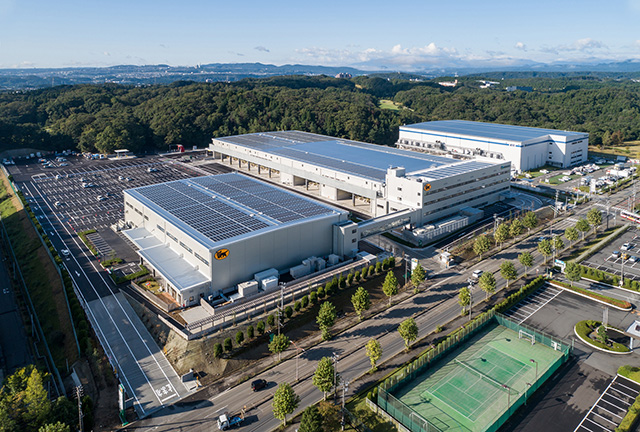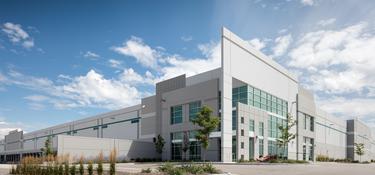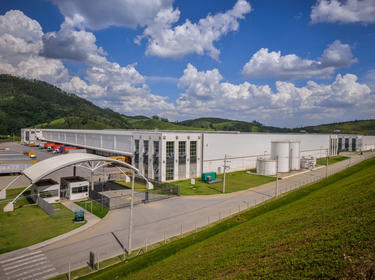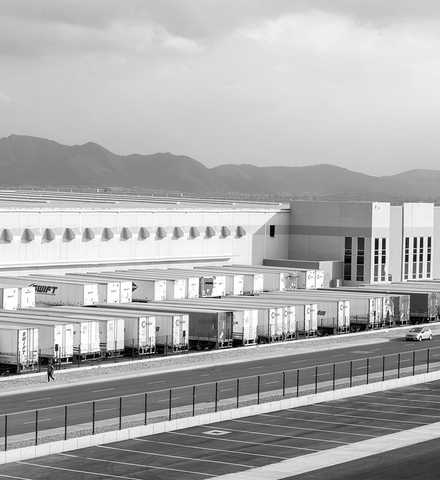
Two words are often associated with commercial lease agreements: “net” and “gross.” Both words pertain to the rent calculation method in the agreement. A “gross lease” means that a tenant pays one lump sum for rent, and the landlord pays additional expenses, such as taxes, insurance and maintenance.
A “net lease,” on the other hand, usually has a lower base rent because the tenant is responsible for most or all other expenses associated with running the business. There is also a third type of lease, which is called a “modified gross lease.” This is a combination of the two.
In contrast, Prologis Clear Lease® consists of base rent, plus a fixed charge inclusive most operating expenses, management fees, and capital repair and replacement expenses. Because of the simplicity of Clear Lease®, negotiations move quickly and customers easily understand how the lease terms will impact business operations.






